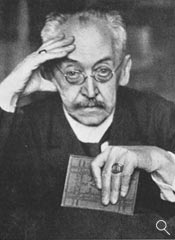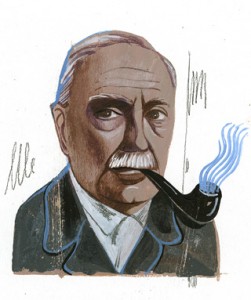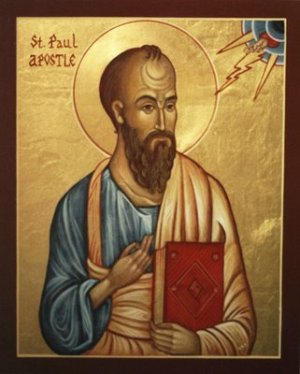 This post will explore some of the plausible “shorter readings” in the Apostolikon used by the Marcionites. There may be more shorter readings in the Apostolikon that are possible that are not found in this list, but this list is intended to include those that meet a minimum standard of evidence, referencing this list of criteria.
This post will explore some of the plausible “shorter readings” in the Apostolikon used by the Marcionites. There may be more shorter readings in the Apostolikon that are possible that are not found in this list, but this list is intended to include those that meet a minimum standard of evidence, referencing this list of criteria.
(1) Shorter readings attested as such by the patristic writers.
(2) Unattested readings that have manuscript support or patristic support for their absence.
(3) Unattested readings that were likely to be quoted by Tertullian if they were in the Apostolikon.
(4) Unattested readings that correspond to a scholarly conjecture for interpolation on grounds other than the alleged absence in Marcion’s Apostolikon.
However, this is not a list of interpolations in the letters of Paul, as such a list may be shorter or longer and would have somewhat different contents. It is a list of likely or suspected shorter readings in Marcion’s Apostolikon, compared to most extant manuscripts of Paul. The existence of such shorter readings in the Apostolikon is something mentioned (in a general way and with specific instances) by several of those who comment on Marcion’s text.
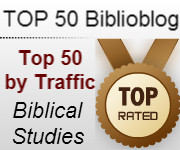


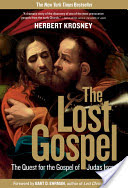 The most detailed account of the C-14 carbon dating results for the Gospel of Judas manuscript in Codex Tchacos, of which I am aware, is found in the book by journalist Herbert Krosney,
The most detailed account of the C-14 carbon dating results for the Gospel of Judas manuscript in Codex Tchacos, of which I am aware, is found in the book by journalist Herbert Krosney, 
